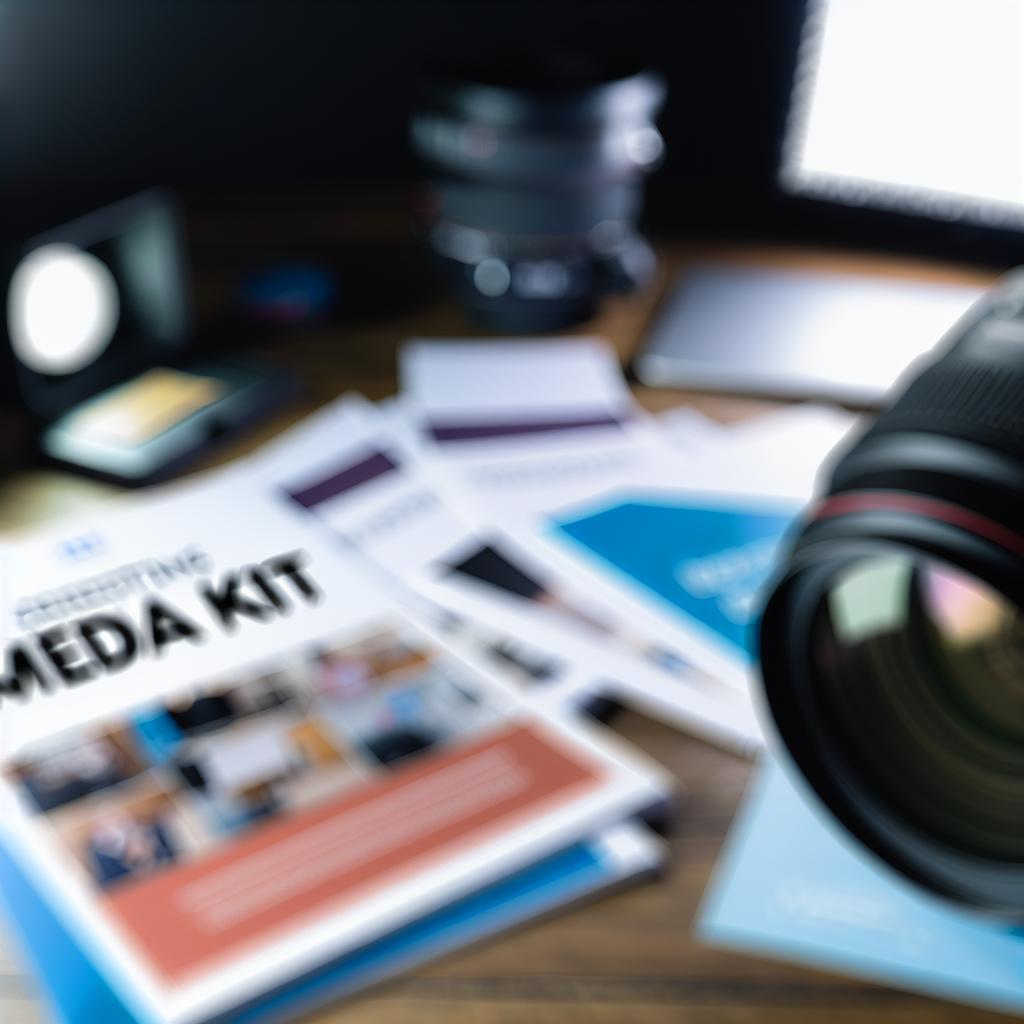Introduction: Understanding the Importance of a Media Kit
A media kit is an essential promotional tool designed to effectively present your brand to potential clients, collaborators, and media outlets. Whether you’re an influencer, small business owner, or freelancer, creating a compelling media kit can significantly boost your professional credibility and visibility. In this article, you’ll discover step-by-step guidelines and best practices for creating your own effective, yet simple media kit.
Identifying the Essential Components of Your Media Kit
The first step in crafting an effective media kit involves understanding what essential components you should include. Every media kit should concisely communicate who you are, what you offer, and your unique selling points. At a minimum, ensure your media kit clearly details:
- Professional Bio: Provide a concise yet compelling description of who you are, highlighting achievements, expertise, and relevant experience. It’s wise to keep a short, medium and longer bio available, allowing different media outlets flexibility in how they describe you.
- High-Quality Images and Branding: Include professional, high-resolution images and logos to ensure your content can easily be integrated into press publications, websites, and marketing materials.
- Statistics and Audience Demographics: Clearly present your audience demographics or analytics data, such as social media followers, monthly website visitors, audience location, age range, and engagement rates. This information stands as vital proof in demonstrating your level of influence and relevance to potential partners or advertisers.
- Services or Collaboration Opportunities: Clearly list the types of collaborations or services available, including sponsored content, product reviews, interviews, guest posts, or public speaking.
- Contact Information: Make this part clear, accessible, and up-to-date. Include email addresses, phone numbers, social media handles, and website details, simplifying the outreach process for media or businesses interested in working with you.
Design and Distribution Strategies for an Effective Media Kit
Once you’ve assembled the content for your media kit, it’s equally important to consider its presentation and distribution effectively. Your media kit should look professional, displaying your brand’s personality to leave a memorable impression. Here are some important tips to consider:
- Professional, Consistent Design: Utilize consistent colors, fonts, and layouts that align with your branding to deliver a cohesive visual message. Avoid overloading with too many styles or colors, as a minimalistic look typically communicates professionalism.
- PDF Format and Digital Accessibility: Design your media kit as a downloadable PDF to facilitate easy sharing and printing. Additionally, consider creating a simplified, online version for quick access via a simple web link.
- Regular Updates: Update your media kit regularly to reflect accurate data, fresh achievements, partnerships, or projects. Aim to review and refresh your media kit quarterly, ensuring that it’s always relevant and accurate.
- Strategic Distribution: Position your media kit prominently on your website, ideally on your “About,” “Advertise,” or “Contact” pages, where potential partners commonly search for it. Additionally, proactively send it to media contacts, potential collaborators, or sponsors to initiate engagement.
Conclusion: Creating Your Personalized and Effective Media Kit
A polished, efficient media kit is invaluable for presenting your brand professionally and attracting valuable collaborations and opportunities. Start by curating meaningful content such as your bio, relevant statistics, and professional images, then thoughtfully design and strategically distribute your media kit. By dedicating time and attention to developing this vital tool, you’ll position yourself effectively in the market, boosting your credibility, visibility, and professional growth opportunities.

Leave a Reply